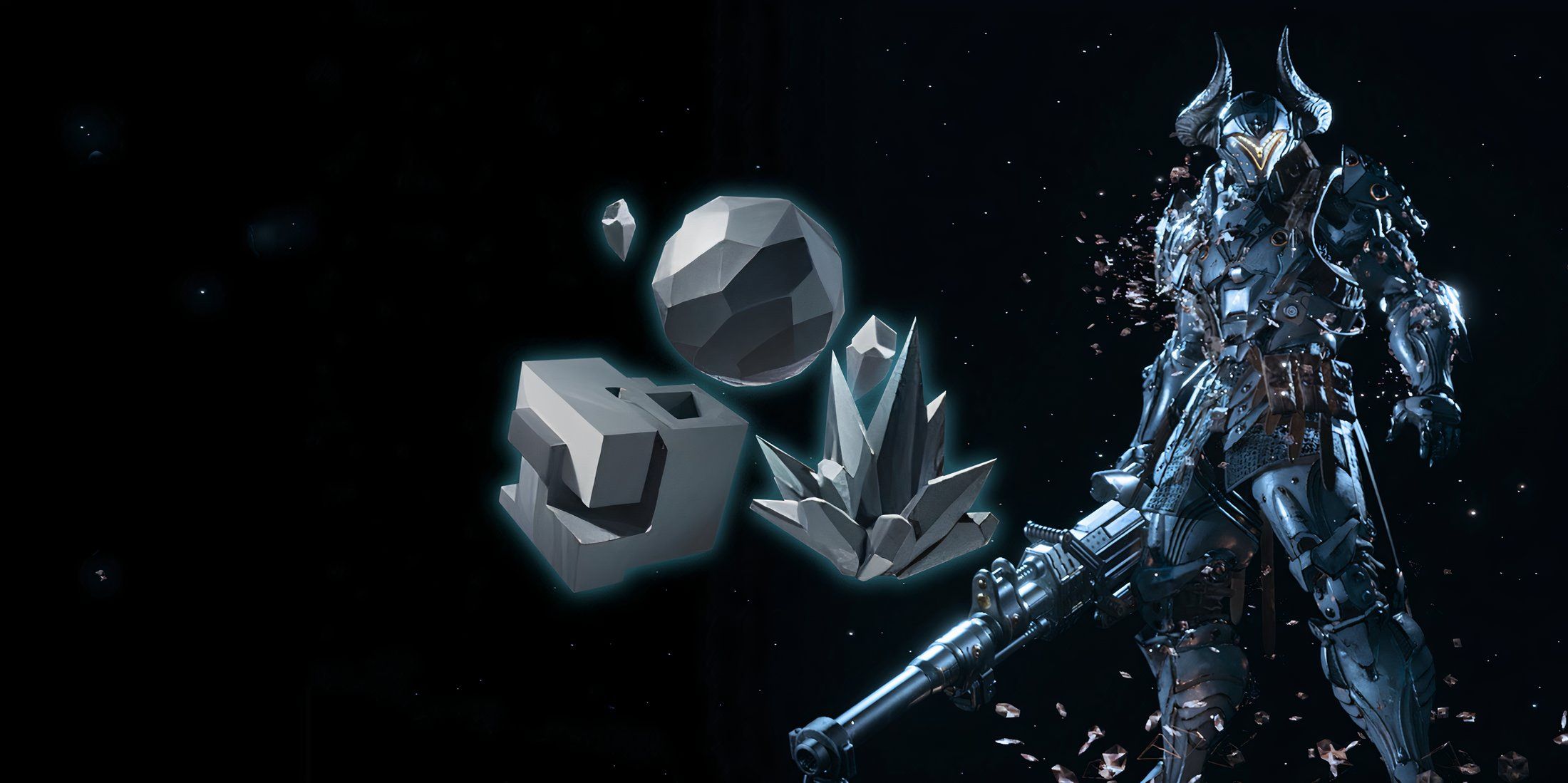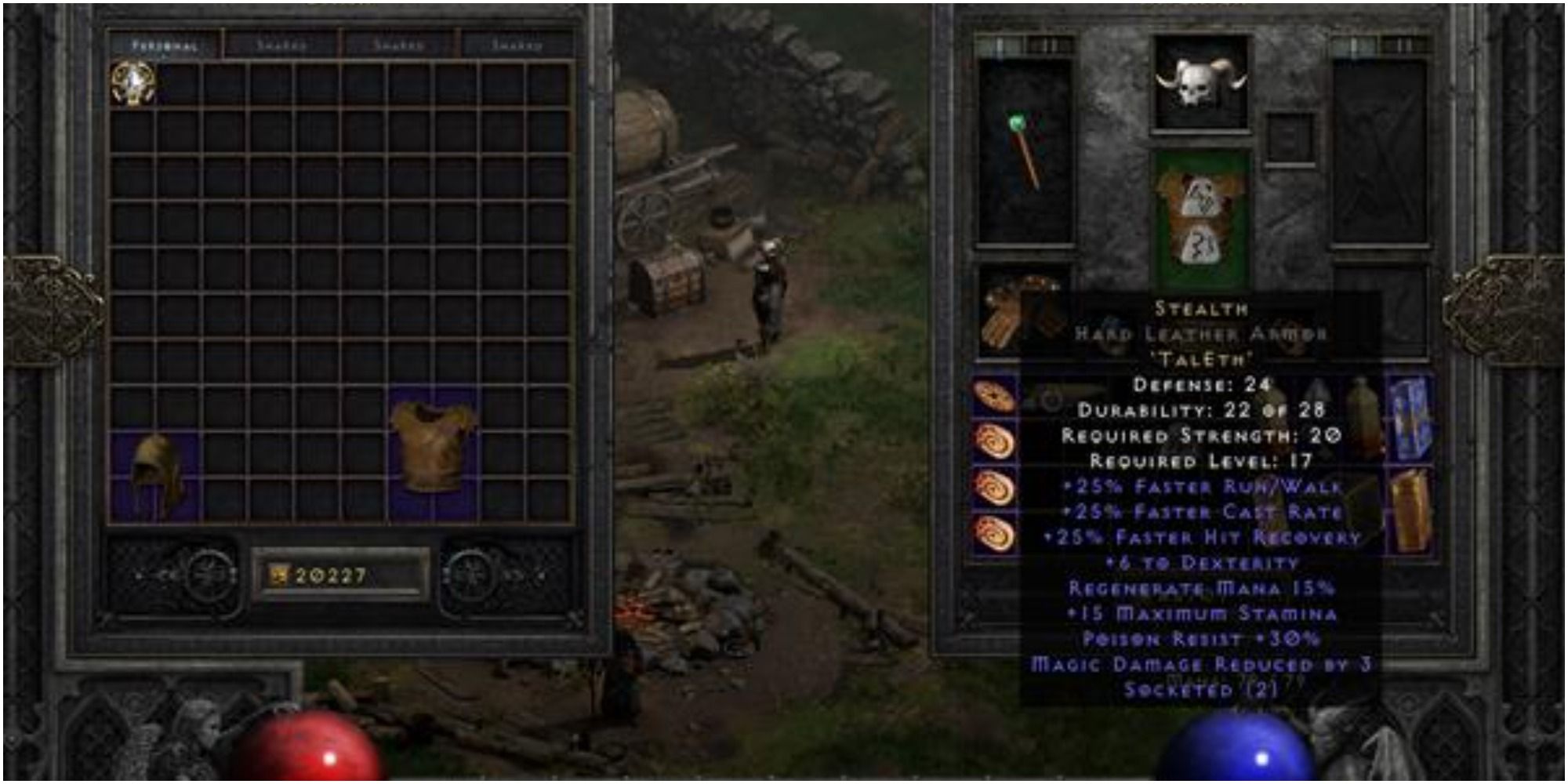The dark middle-aged world of Diablo has included many types of magic since its inception. The fire blasts of Sorcerers, healing potions, and portal scrolls have inhabited the game since Diablo first scorched the earth beneath it in 1996. Over the years, Blizzard has added new types of magic and abilities in subsequent games. Runes were one of the first additions to the franchise as early as in the first Diablo expansion pack, Diablo: Hellfire.
The hieroglyphs marked on stone have had a big impact on gameplay throughout the series, although the meaning of those magic words has changed over time and depending on the title. The runes have taken the form of traps, acted as reagents for recipes, and enhanced skills. Throughout the franchise, the visuals and functionality might have changed many times over, but Diablo runes seem to be here to stay.
Introduction of Runes in Diablo
The initial launch title, Diablo, didn't include runes in any form. However, Blizzard seemed to quickly conclude that runes would fit the franchise perfectly. The addition in the Hellfire expansion allowed players to loot the stones from chests and monsters, similarly to Elden Ring's runes. Even the NPC located to the east of Tristram, Adria the Witch, began selling them after the expansion. The game allowed players to place the new form of magic in their belts. Unlike later iterations, the first runes couldn't be stored in the inventory.
Using the runes was simple. The player could place them on the ground to damage or curse enemies that walk over them. They could also be used as instant damage if cast under a monster. In Diablo: Hellfire, there were five different runes with distinctly carved hieroglyphs, form factor, and coloring. At this point, the hieroglyphs were barely visible due to low resolution, but similar patterns are seen in newer Diablo titles. Coloring, on the other hand, was very important - it signified the type of spell in question. The orange triangular rune, Rune of Fire, shot a Fireball, and the red cube, Greater Rune of Fire, cast Immolation. The silver one with golden highlights is Rune of Lightning and the entirely golden ten-sided runestone is Greater Rune of Lightning.
Crafting and Socketing With Runes in Diablo 2
In Diablo 2, runes assumed a significant part from the beginning. The crafting aspect was introduced with Horadric Cube recipes and socketed items. Runes could be inserted into sockets for additional magical properties or used in crafting. With other reagents, runes could be used to create new items or repair current ones. Furthermore, the expansion, Diablo 2: Lord of Destruction, added the ability to recycle runes much like gems. Combining three of the same runes in Horadric Cube created one of a higher status.
The gameplay mechanic had changed entirely from the predecessor. Combining the runes in Diablo 2 to form specific runewords would result in devastatingly effective additions to the player's equipment. As much as the gameplay changed, so did the visuals. The hieroglyphs were now the only way to identify the runes, in addition to their syllable-like names. There was no longer a signifying color or a specific shape - every rune looked the same except for the hieroglyph.
The cave painting-like hieroglyphs were easily recognizable, which likely was Blizzard's priority number one. While the hieroglyph graphics didn't seem to portray a specific effect or action, each rune's effect would stay constant. The effect, which could be an addition of certain elemental damage or life stealing, would not change depending on the equipment.
In Diablo 2, not all runes were created equal, and that is reflected in their rarity. However, the real power of runes came from combining them into runewords, which made them much more potent. The runewords could give a class or build-specific bonuses beyond what single runes offer. There are dozens of runewords that range from average two rune ones, like Wind, to very powerful, and rare all-rounders, like Chains Of Honor. From thousands of different combinations, only 80 different rune words exist.
Skill Enhancements With Diablo 3 Runes
Another major shift in runes came with Diablo 3. Blizzard decided to replace Horadric Cube with a much more restricted version, Kanai Cube. This meant that runes wouldn't play as significant a role in crafting, although a few Kanai Cube recipes require an item called Khanduran Rune. This item isn't part of the skill rune system developed for the game, though. The change would also mean that sockets would now only be used to hold gems and jewels, not runes. Gems would later on become Diablo's most controversial monetization policy.
Initially, the runes in Diablo 3 were items, not unlike those from Diablo 2. They also took the color aspect from the first Diablo runes and were described according to their colors, Crimson, Indigo, and so on. However, eventually during development Blizzard would switch them to non-item skill enhancements, which Diablo 3 launched with.
Each iteration of runes has had differing hieroglyphs, and there hasn't been a clear pattern. The latest runes in Diablo 3 come the closest to describing the effects of the runes, but still leave a lot of room for interpretation. The Overpenetration has a line double strikethrough, Grievous Wounds has an area with jagged edges, and Chemical Burn has what looks like a flame. However, those same five hieroglyphs are used for various effects that are not consistent with the imagery.
The Future of Runes and Hieroglyphs in Diablo
In Diablo Immortal, runes took yet again a new form. A total of 15 runes exist, and they are divided into Common Runes and Uncommon Runes. These runes serve as a requirement for crafting Legendary Gems in Diablo Immortal unless players want to pay for them with real money. While the rune system isn't as robust as in previous Diablo titles, using runes is vital to accessing the best equipment. Though the runes look similar to Diablo 2 runes, the hieroglyphs and names have been altered.
Blizzard is undoubtedly going to bring runes to Diablo 4, too, and make them a more integral part of the game. Runes are going to be socketable again, and powerful runewords from Diablo 2 are making a return. The hieroglyphs will be inspired by Diablo 2, according to Blizzard's development updates. One new addition to the rune mechanic is that the runes will be divided into two categories: Condition Runes and Effect Runes. Condition Runes set a condition under which the socketed equipment gains a bonus. Effect Runes determine what type of boost or ability the equipment is going to get.
Blizzard has also revealed that there will be rune progression, like in Diablo 2. This might allow combining more than two runes as well as recycling them for more powerful ones. It might also mean that Horadric Cube, or some iteration of it, could make a comeback. Unfortunately, most of the information on Diablo 4 runes is from a couple of years ago, so there's no clear idea how much the mechanics, or the hieroglyph visuals, have changed. Perhaps one of the upcoming Diablo 4 Quarterly Updates will touch on runes, runewords, and hieroglyphs.
Diablo 4 is scheduled to release in 2023 for PC, PS4, PS5, Xbox One, and Xbox Series X/S.








